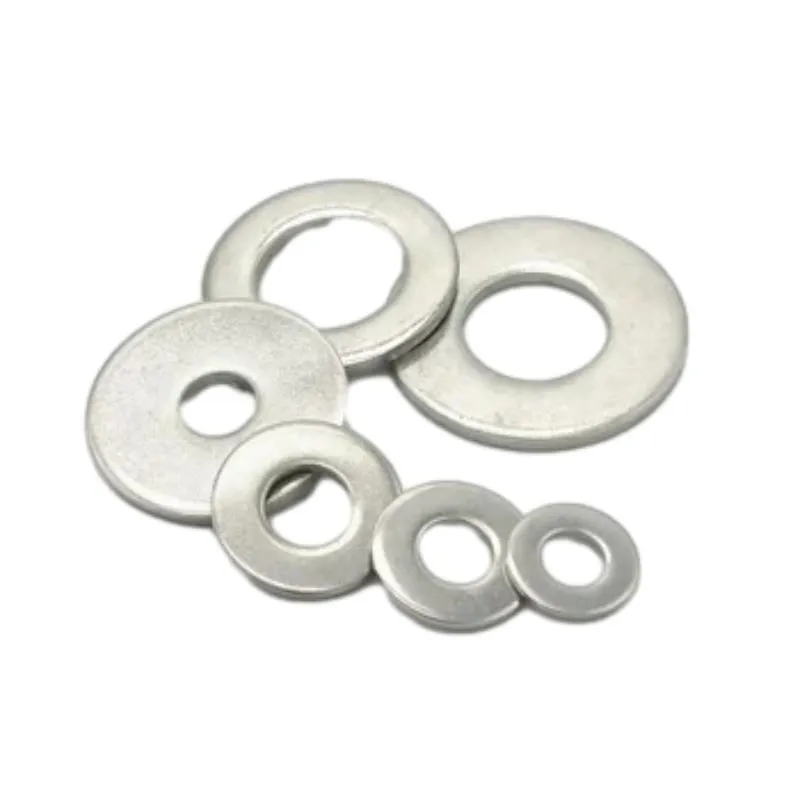Sep . 14, 2024 11:32 Back to list
flat metal washer
The Role and Importance of Flat Metal Washers in Engineering and Construction
Flat metal washers are small, yet crucial components in various engineering and construction applications. These circular disks, typically made from metal, have a central hole and are designed to distribute the load of a threaded fastener, such as a bolt or screw, over a larger area. This article explores the significance, types, applications, and manufacturing processes of flat metal washers in various industries.
The Significance of Flat Metal Washers
The primary purpose of a flat metal washer is to enhance the performance and longevity of fastened joints. By providing a larger bearing surface, washers help to prevent damage to the materials being joined. They also serve to reduce friction between the fastener and the surface, ensuring that the fastener can be tightened securely without causing deformation. Additionally, washers can help to protect surfaces from corrosion and wear by acting as a barrier against environmental elements.
Types of Flat Metal Washers
Flat metal washers come in various sizes, thicknesses, and materials, each suited for different applications. Some common materials include stainless steel, carbon steel, and brass. Each material offers varying degrees of strength, corrosion resistance, and thermal properties.
- Stainless Steel Washers Known for their resistance to corrosion and oxidation, they are commonly used in outdoor and marine applications. - Carbon Steel Washers These are widely utilized in general-purpose applications due to their strength and durability. They may require surface coatings for added protection against rust. - Brass Washers Often used in electrical applications, brass washers exhibit excellent conductivity and resistance to corrosion.
Applications of Flat Metal Washers
flat metal washer

Flat metal washers find application in numerous fields, including automotive, construction, aerospace, and electronics. In the automotive industry, they play a vital role in engine assembly and chassis structures, while in construction, they are essential for securing beams, panels, and fixtures.
The aerospace sector also relies heavily on flat washers, as they are critical for ensuring the structural integrity of aircraft components. In electronics, flat washers are used to secure circuit boards and ensure connections between various electrical components.
Manufacturing Processes
The production of flat metal washers typically involves stamping or machining processes. Stamping is the most common method, where sheets of metal are cut and shaped into washers using high-speed presses. This process allows for high-volume production with consistent quality. Machining, on the other hand, is used for custom washers that require specific dimensions or complex designs.
In both cases, the choice of material and finish is crucial, as it affects the performance of the washer in the intended application. Surface treatments such as galvanization, powder coating, or anodizing can enhance the durability and aesthetic appeal of flat metal washers.
Conclusion
In summary, flat metal washers may appear to be simple components, but they play an essential role in ensuring the reliability and stability of various fastened joints across multiple industries. Their ability to distribute loads, minimize friction, and provide protection makes them indispensable in modern engineering and construction. As technology continues to advance, the demand for high-quality flat metal washers will only increase, highlighting their importance in both current and future applications.


